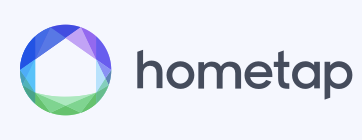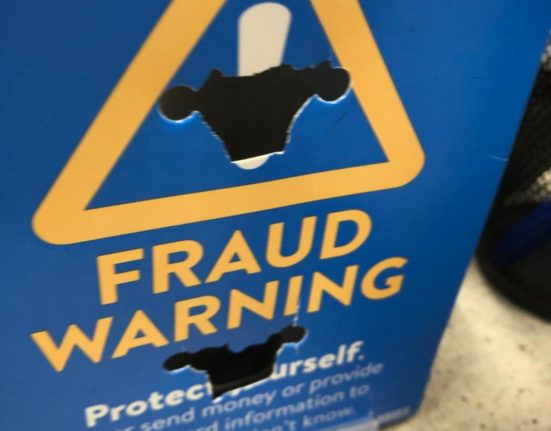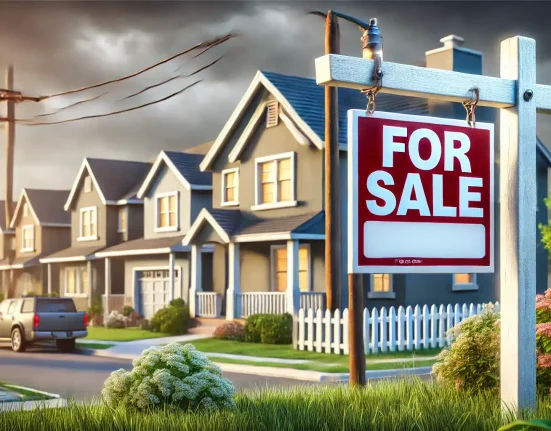If you’re an older homeowner looking for an infusion of cash, a reverse mortgage could seem like a no-brainer. there is no minimum credit score requirement and — as long as you stay current with your insurance premiums, home repairs and property taxes — no payments is due until you sell the house, stop living there full-time or pass away.
But there are some major restrictions: To qualify for a government-backed home equity conversion mortgage (HECM), the most common reverse mortgage, you must be at least 62 and have 50% equity in your home.
There are also unique risks: When you leave the house (or if you fall behind on upkeep), the loan and interest come due in full. That could leave you or your heirs with a thorny financial mess and even the prospect of foreclosure.
So, before you apply for a reverse mortgage, consider these alternatives.
You can borrow against the equity accrued in your home with a reverse mortgage
Offers in this section are from affiliate partners and selected based on a combination of engagement, product relevance, compensation, and consistent availability.

Annual Percentage Rate (APR)
Apply online for personalized rates
Types of reverse mortgages
HECM, HomeSafe Standard jumbo, HomeSafe Second second lien, EquityAvail
Reverse mortgage alternatives
1. Home equity line of credit (HELOC)
Like a reverse mortgage, a HELOC lets you access cash by borrowing against the equity in your home. It’s a revolving line of credit, so you can borrow only what you need during the draw period, which typically lasts 10 years, and only have to make payments on the interest.
After the draw period ends, however, you’ll need to make monthly payments on the principal and interest, typically over a 20-year timeframe.
You can use the funds for whatever you want, but if you invest in significant home renovations or repairs, a portion of the interest is tax-deductible.
Minimum credit score: 620
Home equity: At least 15% to 20%
Debt-to-income ratio: 43% or less for the best rates, 50% at the most.
HELOC vs. reverse mortgage
| HELOC | Reverse mortgage | |
|---|---|---|
| Age restrictions | None | 62 for HECMs, 55 for all other loans |
| Cost | Closing costs are lower | Closing costs are higher |
| Maximum withdrawal | $6 million | $1,209,750 for HECMs or $4 million for a jumbo reverse mortgage |
| Disbursement structure | Line of credit with a 10-year draw period. | Lump sum, monthly payment or a line of credit (or a combination of those options) |
| Repayment period | 20 years of monthly principal and interest payments. | Principal and interest come due when the borrower sells the house, moves out or dies. |
2. Home equity loan
A home equity loan is another way to get cash using the value of your home. Your lender will provide you with a one-time lump sum payment that you’ll start repaying immediately and continue for a period of anywhere from 5 to 30 years.
Like a HELOC, a portion of the interest on a home equity loan is tax-deductible if you use the money for home improvement.
Minimum credit score: 620
Home equity: At least 15% to 20%
Maximum debt-to-income ratio: 50% at most, 43% for the best rates
Home equity loan vs. reverse mortgage
| Home equity loan | Reverse mortgage | |
|---|---|---|
| Age restrictions | None | 62 for HECMs, 55 for all other loans |
| Costs | Closing costs are lower | Closing costs are higher |
| Maximum withdrawal | More than $1 million | $1,209,750 for HECMs or $4 million for a jumbo reverse mortgage |
| Disbursement structure | Lump sum | Lump sum, monthly payment or a line of credit (or a combination of those options) |
| Repayment period | 5 to 30 years of principal and interest payments | Principal and interest come due when the borrower moves out of the house, sells or dies. |
3. Cash-out refinance
If you want a significant payout with less risk, cash-out refinancing replaces your existing mortgage with a larger loan that allows you to take the excess as cash. You can typically get approved for up to 80% of your home’s value, and in some cases, as much as 100%.
If your home is worth $400,000, for example, and you have $100,000 remaining on your mortgage, you could refinance with a loan for $320,000 (an 80% loan-to-value ratio). The first $100,000 is applied toward your existing mortgage, and the remainder is turned over to you for whatever you want to spend it on.
The repayment terms are similar to a purchase mortgage: Typically, you’ll have a 30-year term with a fixed interest rate. There’s still the risk of losing your home, but you’ll be making smaller monthly payments rather than one big one.
Minimum credit score: 620
Home equity: Typically 20%, but as low as 0% with some loans
Maximum debt-to-income ratio: 50% at most, 43% for best rates
Cash-out refinance vs. reverse mortgage
| Cash-out refinance | Reverse mortgage | |
|---|---|---|
| Age restriction | None | 62 for HECMs, 55 for other loans |
| Maximum withdrawal | As much as $9.5 million | $1,209,750 for HECMs or $4 million for a jumbo reverse mortgage |
| Cost | About the same at closing | About the same at closing |
| Disbursement structure | Lump sum | Lump sum, monthly payment or a line of credit (or a combination of those options) |
| Repayment | 5 to 30 years of principal and interest payments | Principal and interest come due when the borrower moves out of the house, sells or dies. |
4. Home equity sharing
With a home equity sharing agreement, an investor pays you cash in exchange for a portion of the value of your home. Like a reverse mortgage, you repay their investment when you sell the property (or after a term specified in your contract).
One benefit of a home equity sharing arrangement is that the credit requirements are much more flexible than a HELOC, home equity loan or cash-out refinancing.
Minimum credit score: 500
Home equity: 25%
Maximum debt-to-income ratio: None
You can leverage equity to access cash through home equity sharing or a home equity loan.
Offers in this section are from affiliate partners and selected based on a combination of engagement, product relevance, compensation, and consistent availability.

5. Downsize
If you don’t want to take out a home loan or sign away a portion of your equity, you could downsize to a more modest property.
Existing homeowners are sitting on an average of about $310,000 in home equity, according to ICE Mortgage data, which would be money in your pocket if you sold.
You could even relocate to an area with a lower cost of living and save on homeowners insurance, property taxes and other housing expenses.
Reverse mortgage FAQs
What is a reverse mortgage?
A reverse mortgage allows borrowers to access cash through a loan backed by the value of their home. Unlike a home equity loan or line of credit, the borrower does not need to make any payments until they sell the house, move out or die. Then, the loan and interest is due in full.
What are the risks of a reverse mortgage?
Reverse mortgages require a balloon payment 30 days after the borrower sells the property, stops using it as their primary residence or dies. In addition, the loan will come due in full if you fail to stay current with property taxes or homeowners insurance.
What is a home equity conversion mortgage?
A home equity conversion mortgage, or HECM, is the most common type of reverse mortgage. It is backed by the Federal Housing Administration and, in 2025, is capped at $1,209,750.
Are home equity loans better than reverse mortgages?
Home equity loans and HELOCs are harder to be approved for than a reverse mortgage, but they have fewer risks, lower costs, and more tax advantages. In addition, they don’t have age requirements and require less home equity.
Subscribe to the CNBC Select Newsletter!
Money matters — so make the most of it. Get expert tips, strategies, news and everything else you need to maximize your money, right to your inbox. Sign up here.
Why trust CNBC Select?
At CNBC Select, our mission is to provide our readers with high-quality service journalism and comprehensive consumer advice so they can make informed decisions with their money. Every mortgage article is based on rigorous reporting by our team of expert writers and editors with extensive knowledge of mortgage products. While CNBC Select earns a commission from affiliate partners on many offers and links, we create all our content without input from our commercial team or any outside third parties, and we pride ourselves on our journalistic standards and ethics.
Catch up on CNBC Select’s in-depth coverage of credit cards, banking and money, and follow us on TikTok, Facebook, Instagram and Twitter to stay up to date.
Editorial Note: Opinions, analyses, reviews or recommendations expressed in this article are those of the Select editorial staff’s alone, and have not been reviewed, approved or otherwise endorsed by any third party.







